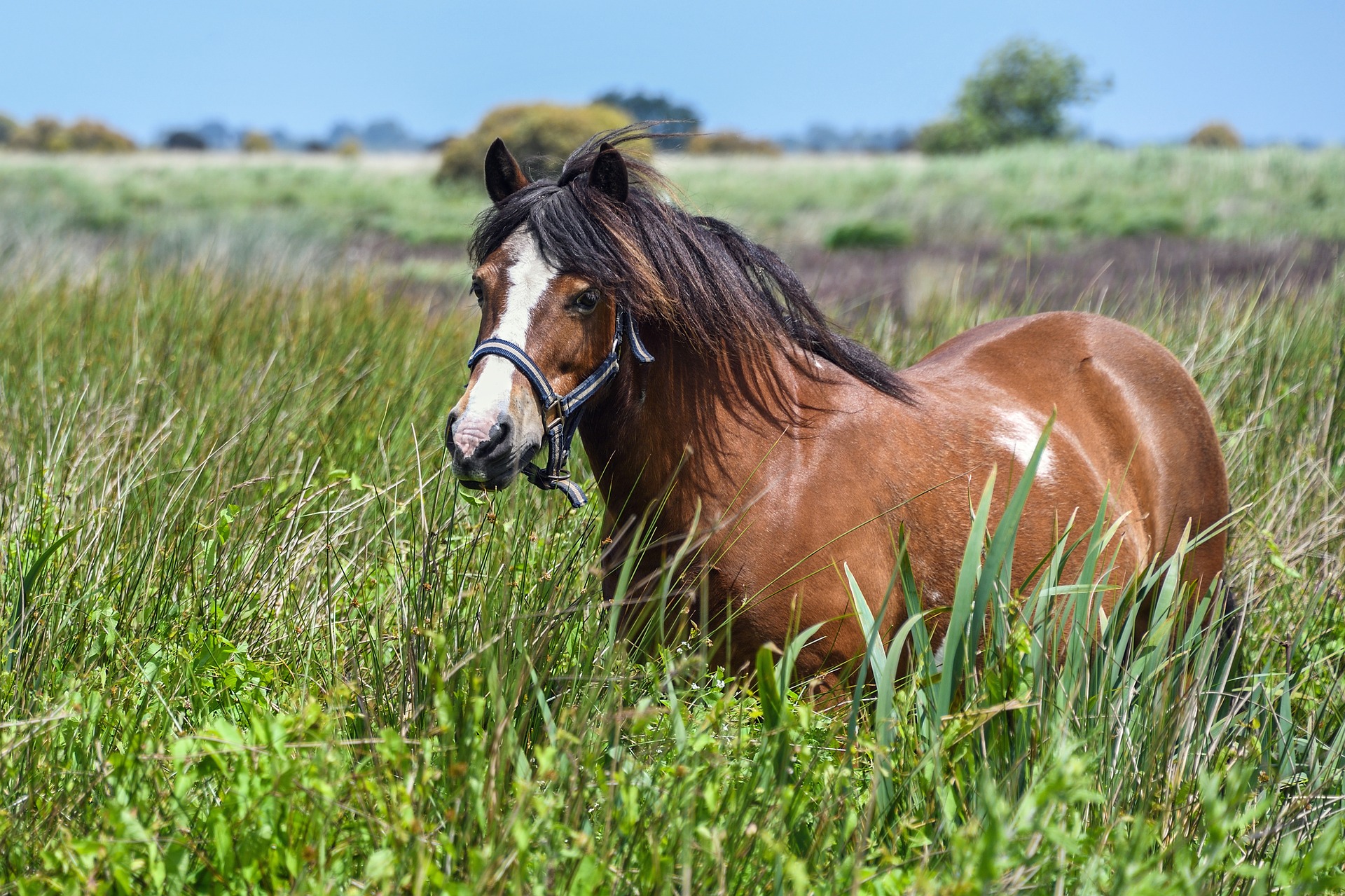Thirty years ago, laminitis was usually a career-ending diagnosis, if not a life-ending one. Aside from mechanical support and pain management, little was known about the contributing factors associated with laminitis and the multitude of clinical factors that affect the severity, outcome, and likelihood of recurrence. Today, we know a great deal more about metabolic laminitis and specifically the role that insulin plays in mediating this disease process.
Current data shows that horses with an elevated baseline insulin value are at a higher risk of developing hyperinsulinemic associated laminitis (HAL). The ability to establish a direct relationship between elevated serum insulin levels and the onset of laminitis has enabled veterinary practitioners to make great strides in combating this disease process.
Hyperinsulinemic Associated Laminitis Diagnosis and Treatment
When presented with a patient suffering from HAL, the first step is to determine just how high the insulin values are. Seasoned practitioners can usually estimate the severity of hyperinsulinemia by assessing the extent of regional adiposity (fat deposition in the horse’s body). The most common site of regional adipose tissue deposition are the crest of the neck, on either side of the withers, along either side of the horse’s topline, and on either side of the tail head. The greater the accumulation of fat in these areas, the higher the baseline insulin value in that patient. Bloodwork, in the form of a metabolic panel, is then used to quantify those observations to establish an appropriate therapeutic regimen and track progress throughout the treatment period.
If the patient is actively suffering from HAL, all therapeutic methods are implemented in an attempt to slow down the damage associated with the laminitic process. In addition to dietary management and the eradication of starch from the horse’s feed, medical intervention with metformin has proven to be a very successful strategy in our practice.
Metformin increases tissue sensitivity to insulin in the patient. Insulin is a signaling molecule which instructs cells to recover glucose (starch/sugar) from the GI tract to use to power cellular processes. In horses with hyperinsulinemia, the tissues of the body aren’t responding to the insulin currently being produced, so, the body produces more insulin, leading to a hyperinsulinemic state.
The physiologic process by which elevated insulin values lead to laminitis are still unknown. However, current research shows that insulin is capable of binding to receptors in lamellar epithelial cells which stimulates excessive growth of the horn tubules, leading to the traditional elongated hoof structure of chronically laminitic feet. Metformin helps to increase tissue sensitivity to insulin which in turn down regulates the body’s natural production of insulin.
Hyperinsulinemic Associated Laminitis Treatment Outcomes
The success of treatment of horses with insulin dysregulation is highly dependent upon the severity of the HAL, the chronicity of the disease process, and the condition of the hoof capsule. Optimal outcomes are associated with high compliance on the part of the horse owner when it comes to implementing therapeutic regimens and dietary management, as well as the employment of a farrier who is willing to work with your veterinarian when making strategic decisions around trimming and shoeing your horse.
These patients require several series of radiographs over the course of their case in order to ensure optimal trimming is being performed in addition to tracking the sole depth of the patient. Most cases, when identified in their chronic stages, usually require many months to restore physiologic function of the hoof capsule and achieve an acceptable level of comfort on the part of the patient. Depending upon the integrity of the hoof capsule, metabolic stability, and comfort of the patient, these patients can sometimes return to their previous level of work. While not all cases have the perfect outcome, with the knowledge and medical advancements the veterinary profession has seen over the past few decades, it is absolutely worth trying to combat hyperinsulinemia associated laminitis.





